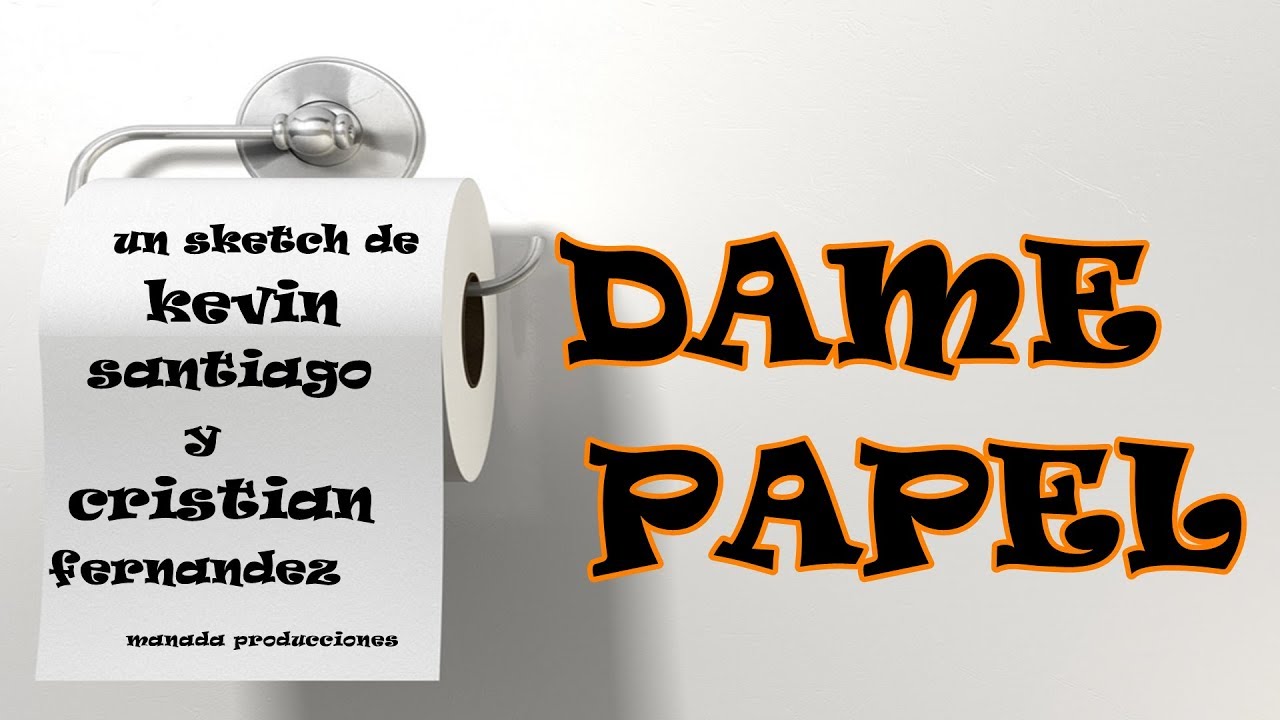Dame ese papel. Dame esta papel. Give me that paper. These phrases, though seemingly simple, offer a fascinating glimpse into the nuances of language and the critical role of grammatical correctness in conveying intended meaning.
Pronouns and Determiners
Let's begin with the core concepts: pronouns and determiners. A pronoun is a word that replaces a noun. For instance, instead of saying "John is tall," we might say "He is tall." "He" is the pronoun replacing "John." Determiners, on the other hand, are words that introduce and specify a noun. They help us understand which noun is being referred to, or in what quantity. Common examples of determiners include articles (a, an, the), possessive pronouns (my, your, his, her, its, our, their), and demonstrative pronouns (this, that, these, those). The choice of determiner significantly impacts the meaning of a sentence.
Consider "the car." "The" tells us we're talking about a specific car, already known or identified in the context. In contrast, "a car" refers to any car, without specific identification. Pronouns can be subject pronouns (I, you, he, she, it, we, they) or object pronouns (me, you, him, her, it, us, them). Understanding these distinctions is fundamental to forming grammatically correct and understandable sentences.
The English Phrases: "Give Me That Paper" vs. "Give Me This Paper"
In English, the phrases "Give me that paper" and "Give me this paper" are both grammatically correct, but they convey different meanings based on spatial proximity. "Give me that paper" implies the paper is further away from the speaker, perhaps held by someone else or located at a distance. The word "that" indicates something a bit more distant. Imagine you're pointing to a paper across the room. "That" is the natural choice.
Conversely, "Give me this paper" suggests the paper is closer to the speaker. It might be in the speaker's hand, or very near them. "This" implies nearness. Visualize yourself holding a paper and asking someone to take it; "this" is appropriate here.
The Spanish Phrases: "Dame Ese Papel" vs. "Dame Esta Papel"
The Spanish phrases attempt to mirror the English ones, but grammatical gender introduces a layer of complexity. "Papel" (paper) is a masculine noun in Spanish. This means it must be accompanied by masculine articles and demonstrative adjectives. The correct phrase analogous to "give me that paper" (farther away) is "Dame ese papel." "Ese" is the masculine demonstrative adjective indicating something "that" (farther away).
Now, here's the critical error. The phrase "Dame esta papel" is grammatically incorrect. "Esta" is the feminine form of the demonstrative adjective meaning "this". Since "papel" is masculine, it requires a masculine adjective. The correct phrasing for "give me this paper" (closer by) is "Dame este papel." "Este" is the masculine form for "this". Always remember to match the gender of the adjective with the gender of the noun in Spanish.
Key Differences and Gender Agreement in Spanish
The difference hinges on the grammatical gender of the noun "papel". In Spanish, every noun is assigned a gender: masculine or feminine. This grammatical gender impacts the choice of articles, adjectives, and pronouns used with that noun. It is not directly related to the biological sex of the thing being described. For example, "la mesa" (the table) is feminine, even though a table has no inherent sex. "El libro" (the book) is masculine.
The demonstrative adjectives in Spanish also have masculine and feminine forms, and they must agree in gender with the noun they modify. The masculine forms for "this" and "that" are "este" and "ese" respectively (with "aquel" for "that" much farther away). The feminine forms are "esta" and "esa" (and "aquella" for "that" much farther away). "Dame esta papel" is incorrect because it uses a feminine adjective ("esta") with a masculine noun ("papel"). The correct phrase would be "Dame este papel."
Practical Applications and Avoiding Common Mistakes
Understanding gender agreement is crucial for effective communication in Spanish. A common mistake for learners is using the wrong gender of articles and adjectives, leading to confusion or misinterpretation. For example, saying "el mesa" instead of "la mesa" is a clear grammatical error that native speakers will notice.
To avoid these mistakes, practice identifying the gender of common nouns. Pay close attention to the endings of words; many masculine nouns end in "-o" and many feminine nouns end in "-a," but there are exceptions. For instance, "el día" (the day) is masculine, even though it ends in "-a." Consulting a dictionary that indicates gender is a great help. Finally, practice speaking and writing in Spanish, focusing on correct gender agreement, will solidify your understanding and prevent these errors from becoming ingrained habits. Remember: practice makes perfect and careful attention to detail will help you master Spanish grammar. Make sure to use "ese" and "esta" correctly!


